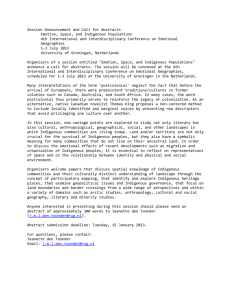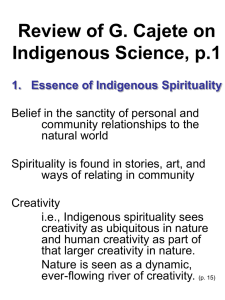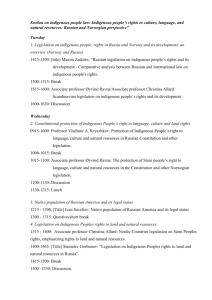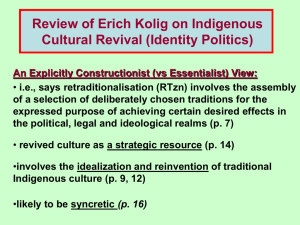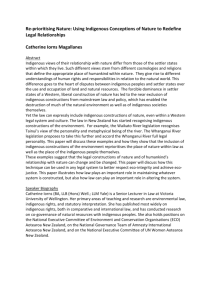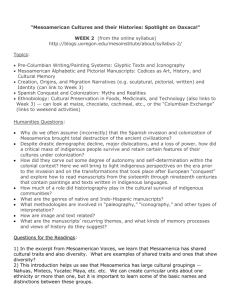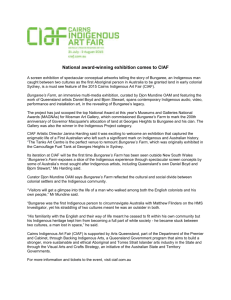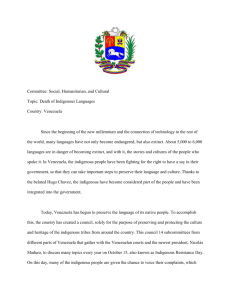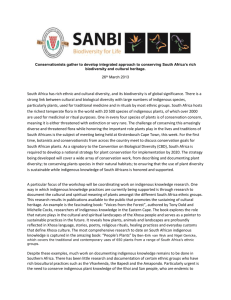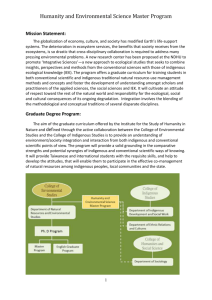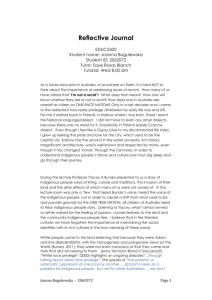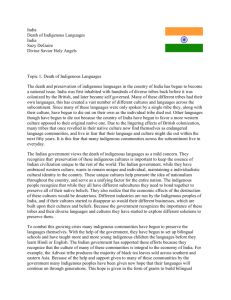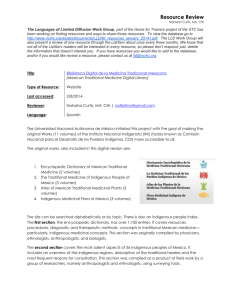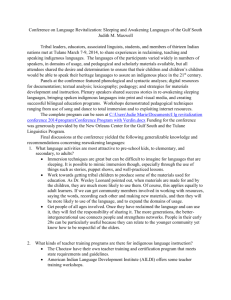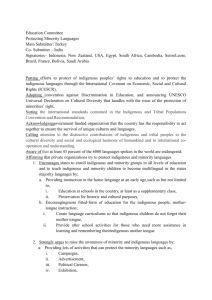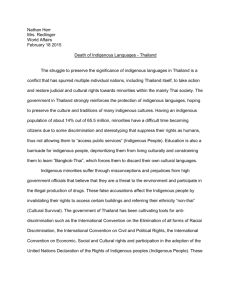Click to view draft rubric
advertisement
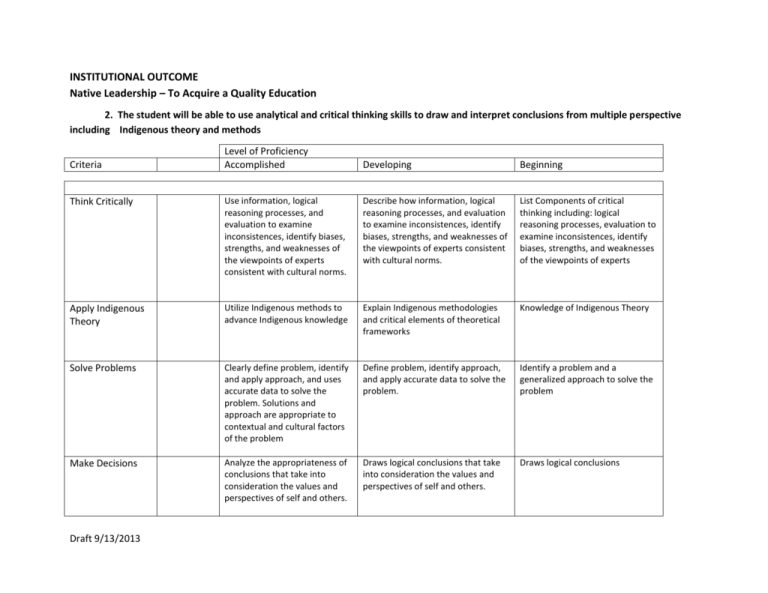
INSTITUTIONAL OUTCOME Native Leadership – To Acquire a Quality Education 2. The student will be able to use analytical and critical thinking skills to draw and interpret conclusions from multiple perspective including Indigenous theory and methods Criteria Level of Proficiency Accomplished Developing Beginning Think Critically Use information, logical reasoning processes, and evaluation to examine inconsistences, identify biases, strengths, and weaknesses of the viewpoints of experts consistent with cultural norms. Describe how information, logical reasoning processes, and evaluation to examine inconsistences, identify biases, strengths, and weaknesses of the viewpoints of experts consistent with cultural norms. List Components of critical thinking including: logical reasoning processes, evaluation to examine inconsistences, identify biases, strengths, and weaknesses of the viewpoints of experts Apply Indigenous Theory Utilize Indigenous methods to advance Indigenous knowledge Explain Indigenous methodologies and critical elements of theoretical frameworks Knowledge of Indigenous Theory Solve Problems Clearly define problem, identify and apply approach, and uses accurate data to solve the problem. Solutions and approach are appropriate to contextual and cultural factors of the problem Define problem, identify approach, and apply accurate data to solve the problem. Identify a problem and a generalized approach to solve the problem Make Decisions Analyze the appropriateness of conclusions that take into consideration the values and perspectives of self and others. Draws logical conclusions that take into consideration the values and perspectives of self and others. Draws logical conclusions Draft 9/13/2013 Collect and Analyze data Evaluate and Draw Conclusions Draft 9/13/2013 Identify, collect and analyze statistical data appropriate to the problem and reveal patterns, differences, and similarities Identify, collect and interpret data appropriate to the problem and reveal patterns, differences, and similarities Identify and collect data appropriate to the problem and reveal patterns, differences, and similarities Justify a solution after evaluation of the problem, state conclusion, and describe any limitations that require further inquiry Describe a solution after evaluation of the problem, state conclusion, and describe any limitations that require further inquiry Recognize a problem and identify a solution


